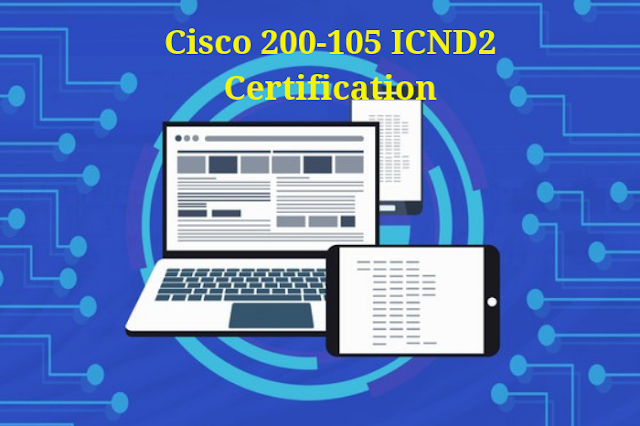Find documentation, code examples, and a strong community of fellow API developers eager to help
When it comes to working with a new API or technology, the learning experience provided by the vendor can have a significant impact on the success of their customers. Having worked with dozens of different APIs over the course of my career, I have experienced the highs and lows of implementing a new solution using programmatic interfaces. Some of the toughest times I have had involved products with minimal documentation, no shared code samples, and no active community of API developers with knowledge to poll. On the other hand, some of the best APIs I have worked with have thorough documentation, plenty of examples to get me started, and a strong community of fellow API developers eager to help me on my journey to success.
When it comes to network security, being able to integrate an array of products into your security suite can be crucial to ensuring a security incident is efficiently detected and mitigated before major damage occurs.
Cisco Stealthwatch Enterprise has proven to be a powerhouse for end-to-end visibility
Being able to understand the true nature of each host and its baseline behavior, as well as efficiently responding when hosts deviate from their expected behavior is a critical facet of network security. With capabilities like advanced threat detection, accelerated threat response, malware detection in encrypted traffic, and more, Cisco Stealthwatch Enterprise has proven to be a powerhouse for end-to-end visibility and vital to the success and security of thousands of businesses and enterprises across the globe. As the need for API development continues to grow each day, so does the need for proper resources to enable these developers to be as successful as possible utilizing these programmatic interfaces. With so much important data, telemetry, and analytics inside a single tool, it makes obvious sense to extend those capabilities with an API.
Stealthwatch Enterprise has joined the DevNet community!
Being able to provide our users with a “one-stop-shop” for everything related to Stealthwatch APIs ensures that all of the relevant information essential for success is readily available and easily accessible. With the Stealthwatch Enterprise launch on DevNet, we are rolling out an array of useful tools to help API developers spend less time learning APIs and more time using these APIs.
What resources are planned for Stealthwatch and DevNet?
To begin with, we are joining the rest of the Cisco offerings by hosting the entirety of the Stealthwatch Enterprise REST API documentation on DevNet, including for our new Cognitive Intelligence REST API capabilities launched in version 7.1.0 of Stealthwatch Enterprise. No longer will developers need to jump around between different resources or be forced to search deep inside of user guides and help menus to find the relevant API information they are looking for. Now, they can simply go to the same place they already go to for the rest of their Cisco products to get all of the important information needed to make them successful.
Working code examples help you get started
On top of API documentation, we are also launching a set of Postman collections and Python sample scripts to allow developers a great starting point with their API development. Having working examples of code can be a major advantage when getting started with a new API, so including an array of working examples is an absolute necessity for our users’ success.
But we aren’t just stopping there – aside from the API documentation and sample scripts, we are also launching a Code Exchange for Stealthwatch Enterprise. Now, API experts will be able to share useful scripts and software capabilities that leverage Stealthwatch Enterprise with the rest of the DevNet community.
To round out this new community, we are also launching a new Cisco Forum specifically for API developers to ask and answer questions related to Stealthwatch APIs, serving not only as a way to resolve any issues being faced, but also serve as a rich knowledge base of information from those who already have experience.
This latest launch on DevNet is an incredibly exciting one for us, especially having worked many hours over the past few months to ensure the utmost success for our API users. In the future, we plan to expand the DevNet resources even further to include interactive sandboxes and learning labs for Stealthwatch APIs.


























